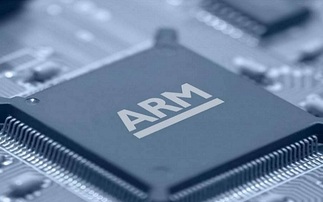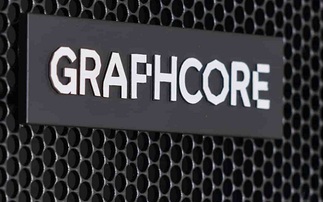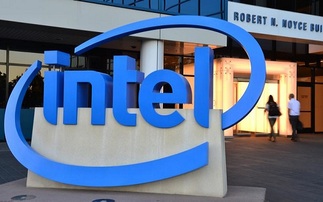Zacate and Ontario APUs deliver impressive graphics capability to laptops and netbooks
AMD will today release its long-awaited Fusion chips that combine processor and GPU modules onto a single chip, which the company claims will offer outstanding performance with long battery life, e...
To continue reading this article...
Join Computing
- Unlimited access to real-time news, analysis and opinion from the technology industry
- Receive important and breaking news in our daily newsletter
- Be the first to hear about our events and awards programmes
- Join live member only interviews with IT leaders at the ‘IT Lounge’; your chance to ask your burning tech questions and have them answered
- Access to the Computing Delta hub providing market intelligence and research
- Receive our members-only newsletter with exclusive opinion pieces from senior IT Leaders






















